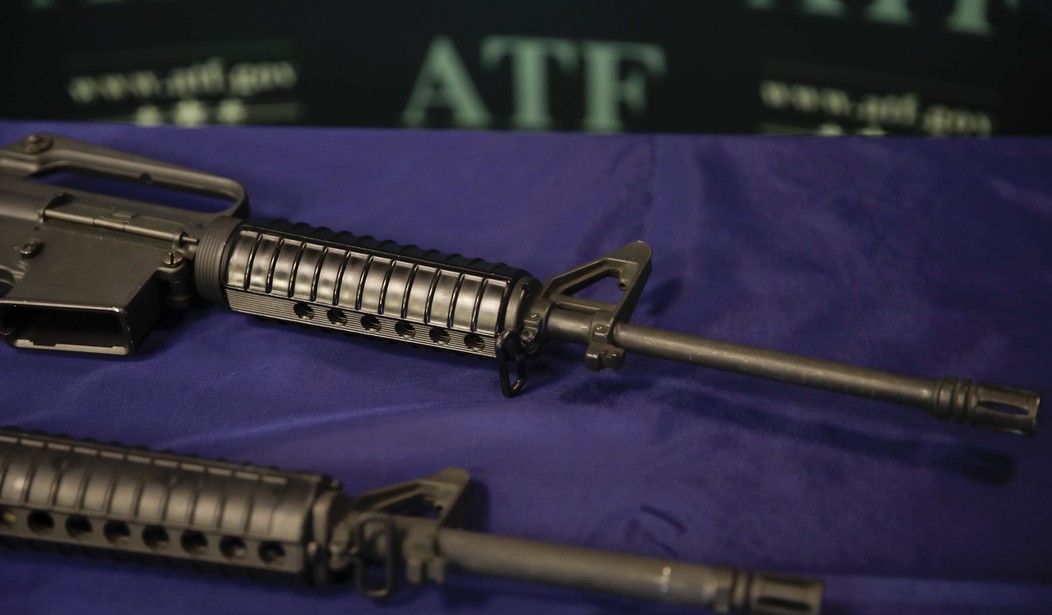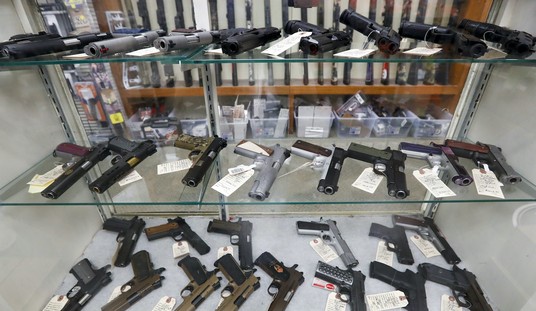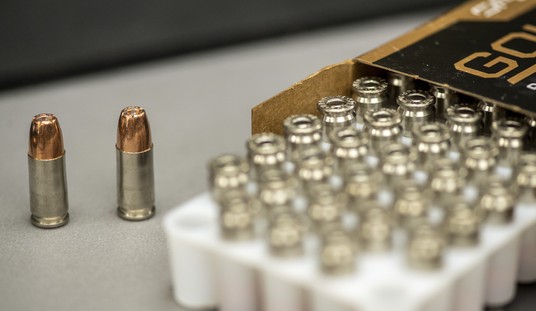In the wake of the Fifth Circuit Court of Appeals decision striking down the ATF’s administratively-imposed ban on bump stocks, Second Amendment advocates are hopeful that the courts will soon do the same with the more recent rules on unfinished frames and receivers. A federal judge in Texas has already granted an injunction preventing the rules from being enforced on several companies, and on Tuesday Polymer80 filed a request for an injunction with the same judge asking him to do the same for them as well.
Given that U.S. District Judge Reed C. O’Connor has already decided that the new rules are likely to have exceeded the ATF’s authority under the Gun Control Act, and the next stop for these cases will be same the Fifth Circuit that overturned the ATF’s determination that bump stocks are actually machine guns, there’s good reason to believe that the new rules on unfinished frames and receivers are in serious legal trouble.
Even some in the gun control lobby are now willing to admit Biden’s attempt to go after “ghost guns” is unraveling before their eyes.
The decision from the court in the Northern District of Texas is currently limited in scope, but other ghost gun parts retailers are seeking to join with Defense Distributed, and opponents warn it could soon open the floodgates. David Pucino, deputy chief counsel at the Giffords Law Center to Prevent Gun Violence, which is fighting in court to keep the rules in place, told VICE News his group is bracing for the possibility of disaster in the coming weeks.
“If all the entities are allowed to join we’ll basically be back to where we were before the rules took effect,” Pucino said. “This is what the worst case scenario could look like.”
And that should happen. If one company that produces 80% frames and receivers is likely to be irreparably harmed by the ATF’s overreach, it stands to reason that other manufacturers who make similar products will suffer the same injuries. And if the ATF did exceed its statutory authority in imposing the requirement that unfinished frames and receivers sold in kits or with tools are actually “firearms” as defined by the GCA despite years of determinations to the contrary, then the rule needs to be scrapped. That would be the worst case scenario for the gun control lobby, but it’s also the right call for the courts to make. As Judge O’Connor has previously written in the Vanderstok case:
… the Final Rule purports to regulate firearm parts—including incomplete, non-functional receivers and weapon parts kits—contrary to the plain language of the GCA, which confined ATF’s authority to regulation of “firearms,” a term clearly defined by the statute. Moreover, the Final Rule’s expanded definition of “frame or receiver” to include partially manufactured, non-functional receivers within the meaning of “firearms”—contrary to the GCA’s clear statutory definition—is facially unlawful.
…
In its First Opinion, this Court found that any injury to the Government’s general interest in law enforcement and public safety is appreciably undermined by this Court’s preliminary determination that the Final Rule is likely unlawful. Moreover, it found that Plaintiffs’ liberty interest—as law-abiding citizens who wish to engage in historically lawful conduct (the purchase and sale of now-regulated parts)—outweighs the Government’s remaining interest in preventing prohibited persons from unlawfully possessing firearms. That reasoning applies with equal force here and is strengthened by the fact that the Government’s likely ultra vires enforcement efforts upset more than fifty years of ATF regulatory precedent against a public that has relied on that historic posture.
The current fight over the ATF’s rules on frames and receivers is ultimately a battle over the boundaries of the ATF’s authority. Anti-gun groups like Giffords need the ATF to be able to promulgate gun bans through administrative fiat with a divided Congress unwilling to do so, and if the courts aren’t going to go along with granting the agency undue deference then the gun control lobby is going to be stymied from doing almost anything substantial at the federal level.
The gun control lobby has been hoping to use these recent ATF rules as a springboard for a much broader interpretation; that most or all semi-automatic firearms are “readily converted” to machine guns, and therefore should be treated as such under the National Firearms Act. We’ve seen this argument pop up in both civil suits and anti-2A outlets like The Trace recently, and I’m sure that gun control outfits like Giffords would love to see the Steve Dettelbach and the ATF turn that novel theory into a federal regulation.
Adverse court opinions on the ATF’s rules on “ghost guns” and bump stocks don’t necessarily preclude Biden from trying to enact his “assault weapons” ban through administrative fiat, but they’re a pretty good sign that any such effort wouldn’t get far before it was halted by a federal judge. The likely demise of the ATF’s rules on unfinished frames and receivers really is a worst-case scenario for the anti-gunners; not just when it comes to “ghost guns”, but for their entire strategy of regulating the right to keep and bear arms out of existence.









